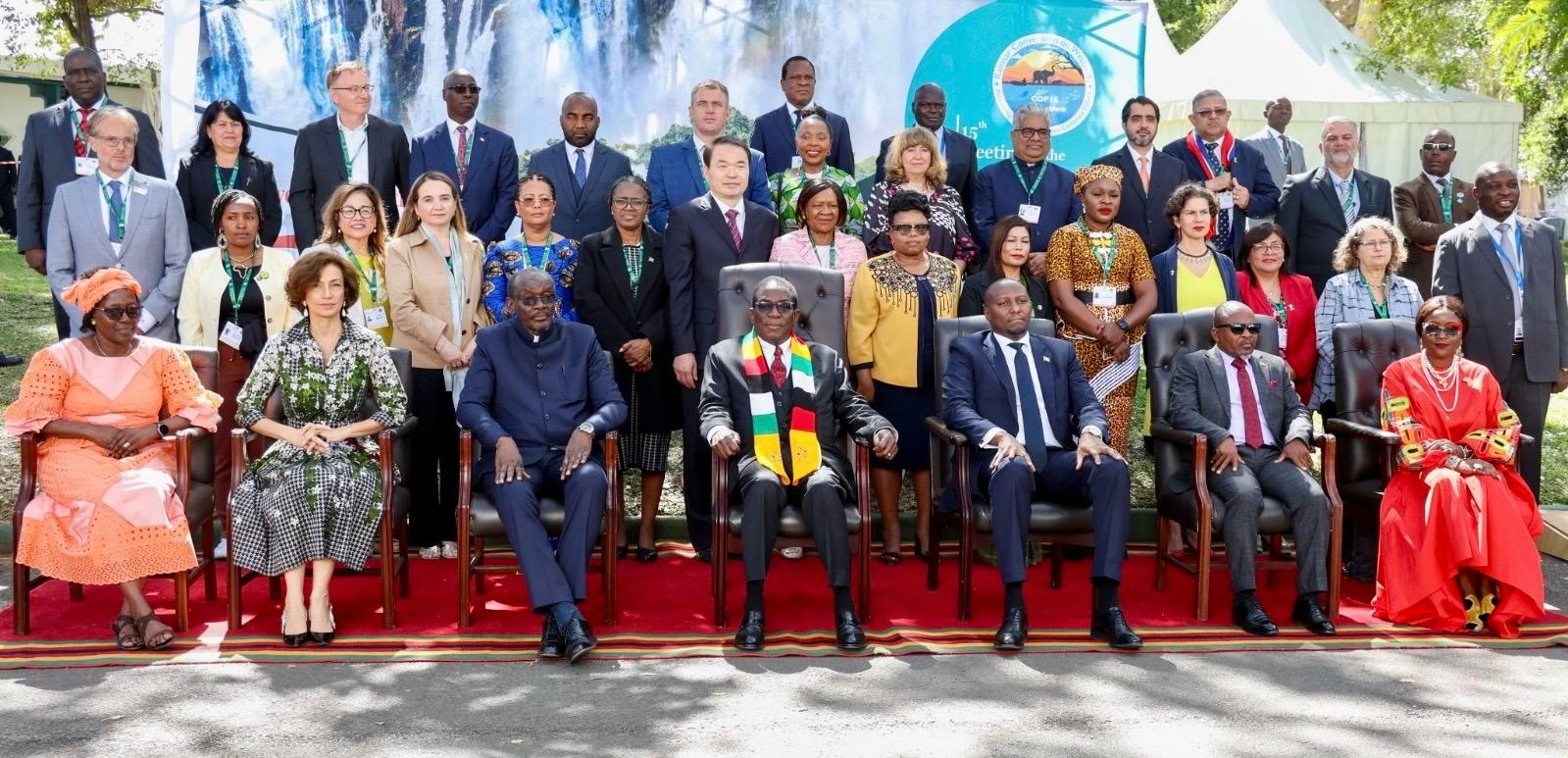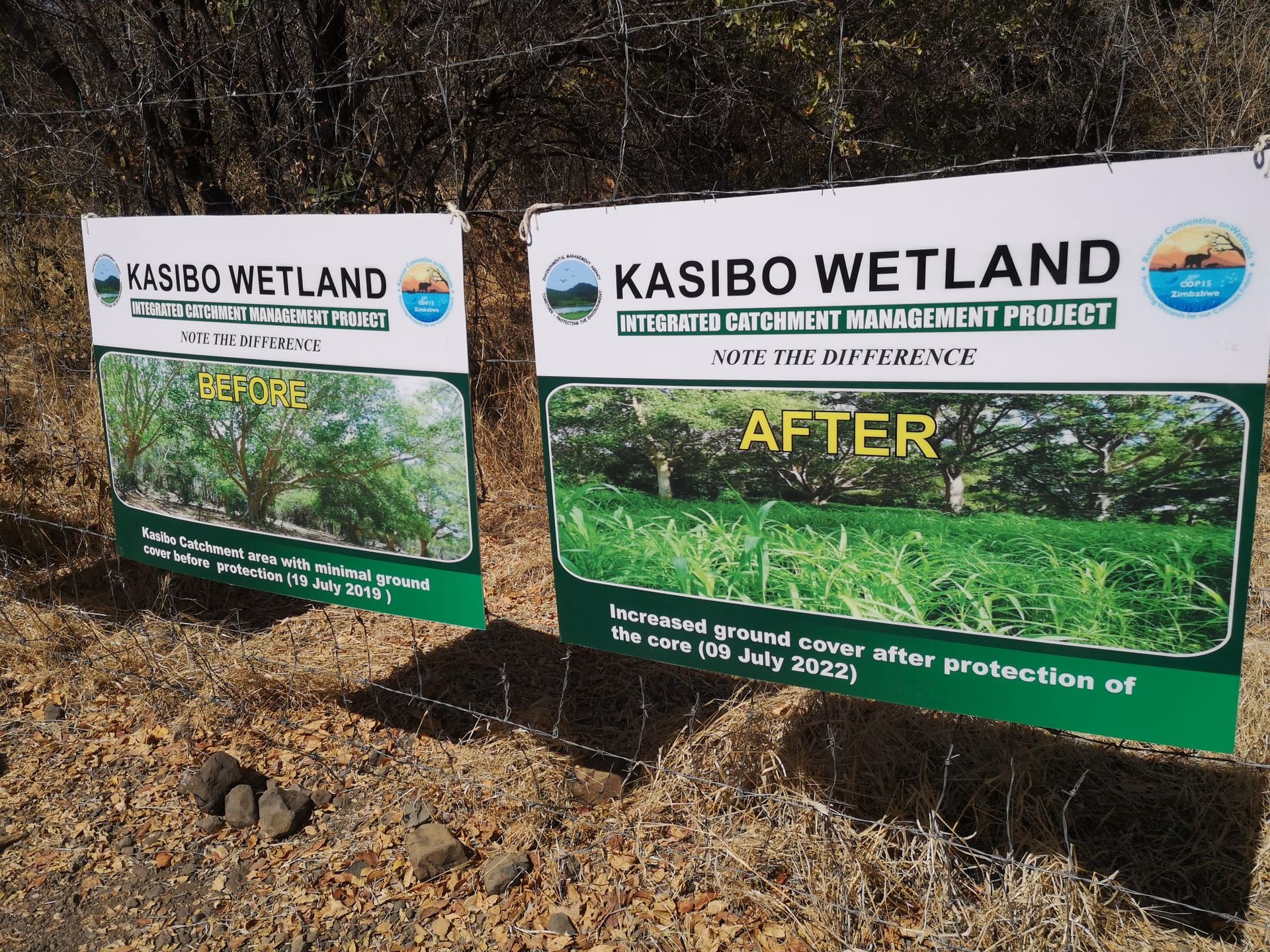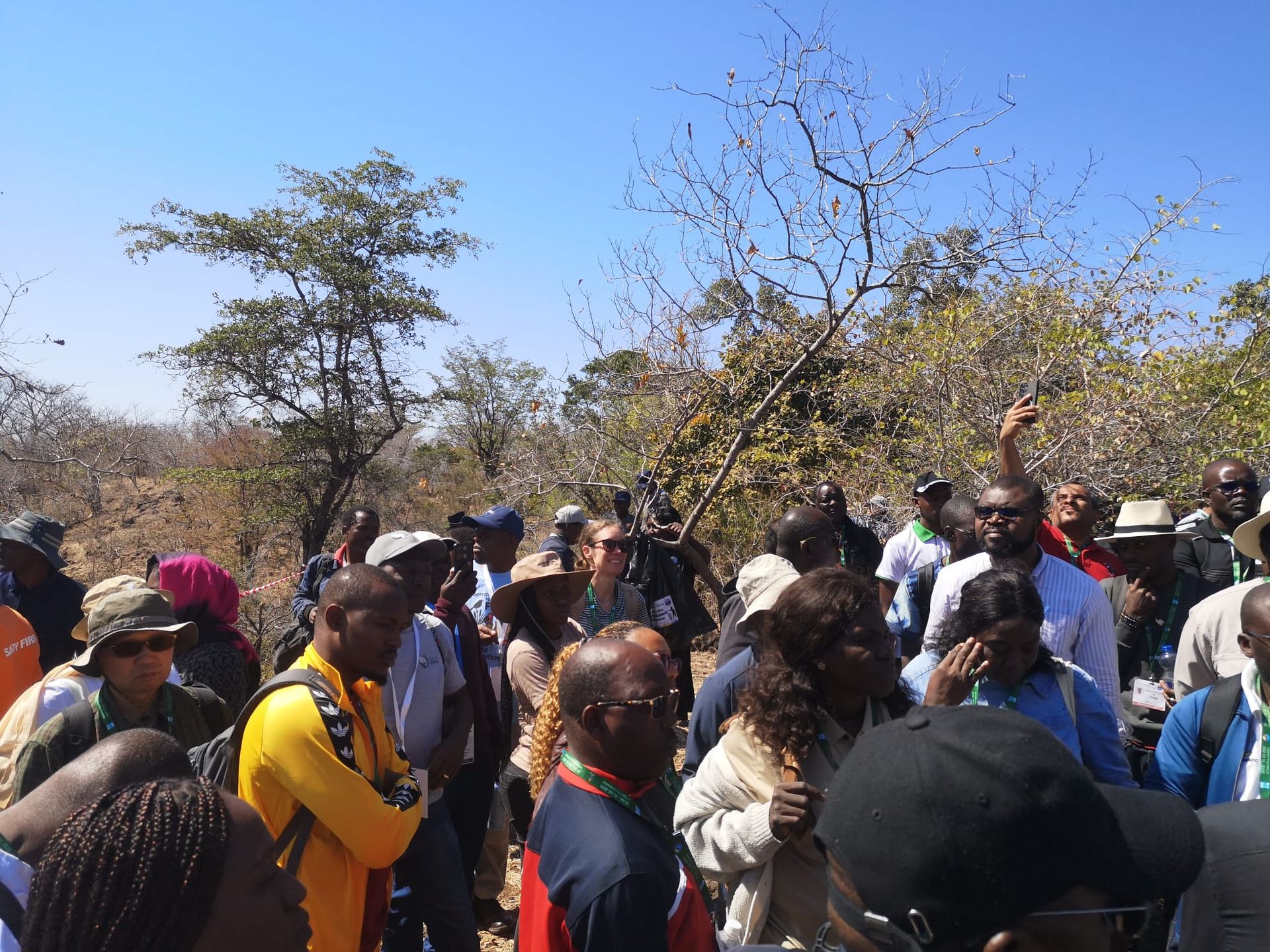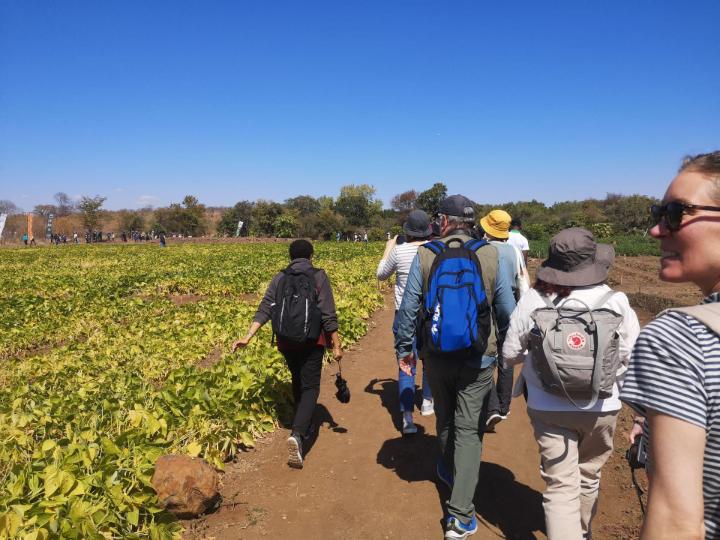BUFFER+ at Wetlands COP15 in Zimbabwe
From the banks of one of Africa’s most iconic rivers, global leaders, scientists, and conservationists gathered at Wetlands COP15 in Victoria Falls to unite behind one of the most urgent environmental causes of our time: protecting and restoring the world’s wetlands. BUFFER+ was proud to be part of this pivotal moment for global wetland action.

Why COP15 matters
Wetlands are among the most valuable and threatened ecosystems on the planet. They regulate water cycles, provide biodiversity-rich habitats and act as natural buffers against climate impacts. Yet, globally, wetlands are disappearing three times faster than forests, threatening freshwater security, biodiversity and our collective climate resilience.
COP15 of the Ramsar Convention on Wetlands brought together representatives from over 170 countries to reverse this trend and chart a path forward. This year’s theme, “Wetlands Action for People and Nature”, reflected a growing international consensus: the time to act is now.
The newly released Global Wetland Outlook 2025 was a wake-up call: since 1970, all wetland types have declined, with an average loss of 0.5% per year. This loss equates to an estimated $5 trillion in lost value, not including degradation. Wetlands deliver an estimated $8 to $39 trillion USD annually in ecosystem services (such as water purification, flood protection, and carbon storage) figures that underscore their global economic and ecological importance.

BUFFER+ in action
BUFFER+, with lead partner Provincie Groningen, joined COP15 to support and strengthen this global momentum. Throughout the conference, BUFFER+ participated in several high-level side events and expert discussions, contributing insights and lessons from our work across Europe and beyond. Key topics we engaged with included:
- innovative financing for wetland protection;
- nature-based solutions in agriculture and climate adaptation;
- legal frameworks and the rights of wetlands;
- the central role of local communities and youth in wetland stewardship;
We also identified potential demonstration sites, such as healthy or restored peatlands in the Province or the UNESCO World heritage site and wetland the Wadden Sea, where conservation methods could be piloted in Europe.
We also followed the discussions around WETVAT, a new vulnerability assessment tool introduced at COP15. This tool allows managers and policymakers to quickly assess the threats wetlands face and better align conservation actions with site-specific risks. BUFFER+ sees strong potential in integrating such tools into regional wetland strategies.
Our presence at COP15 underlined BUFFER+’s commitment to advancing wetland resilience, restoring degraded ecosystems and aligning with global initiatives such as the Freshwater Challenge.

Field trip to Kasibo
During COP15, BUFFER+ went on a field trip to Kasibo. Kasibo is a remarkable wetland in Zimbabwe’s Matabeleland North region that has been restored from degradation through a community-led initiative known as the Kasibo Wetland Integrated Catchment Management Project. Once dried up and trampled by livestock, Kasibo now thrives with renewed water flow sustained by hand-built weir dams, supporting a vibrant nutrition garden, beekeeping, aquaculture, and orchards. This garden provides food security, economic independence, and hope for local families, especially women and vulnerable elders. More than just a wetland, Kasibo is a beacon of climate resilience, biodiversity conservation, and community empowerment in an area challenged by drought and erratic rainfall.
A global commitment to restoration
One of the major highlights of COP15 was the bold announcement by Zimbabwe’s Minister of Environment, Climate and Wildlife, pledging to restore 250,000 hectares of wetlands by 2030 and to establish five new Ramsar Wetland Sites. This pledge exemplifies the kind of national leadership and ambition needed to meet the goals of the Ramsar Convention.
Another historic milestone was the anticipated adoption of the Fifth Strategic Plan of the Ramsar Convention, built around four ambitious goals:
- reversing wetland loss and degradation;
- achieving the wise use of all wetlands;
- effective conservation of wetlands of international importance;
- enhancing implementation of the Convention;
These commitments set the stage for a new era of coordinated global action.
Several side events reinforced these strategic priorities with concrete solutions:
- FAO and UN Decade on Ecosystem Restoration shared scalable approaches to wetland-friendly agriculture, encouraging catchment-based NbS (Nature-based Solutions) and the blending of traditional knowledge with modern science;
- The Rights of Wetlands movement was spotlighted as a transformative legal shift: moving from treating wetlands as resources to recognizing them as rights-bearing entities. Cases from Kenya, Ecuador and Brazil demonstrated the growing momentum towards embedding these values in national constitutions and wetland management strategies;
- Wetlands International and IUCN highlighted the importance of involving industries that rely on wetlands in protection efforts, particularly in areas like water-dependent agriculture and fisheries. Strong governance frameworks were seen as key to turning voluntary private sector involvement into long-term financial commitments.

Looking ahead
BUFFER+ is honored to stand alongside partners, governments and communities in delivering on these goals. Wetlands are not just ecosystems; they are life-support systems and essential to climate stability, water security and the health of people and nature.
We are particularly inspired by the leadership of young people and Indigenous communities, who were front and center at COP15. From Gambia’s youth parliament, which develops environmental resolutions, to Maori-led restoration in New Zealand, it’s clear that bottom-up approaches are essential to lasting change.
We also recognize the growing call for transformative financing: to redirect harmful subsidies, value wetland services through natural capital accounting, and blend public and private investments into sustainable wetland protection.
As we return from COP15, we carry renewed inspiration and a stronger network of collaboration. Together, we will continue building solutions that protect freshwater ecosystems, support biodiversity, and make our societies more resilient to a changing climate.
Stay connected with BUFFER+ as we transform commitments into action, one wetland at a time.
